Inconsistent Check-Ins = Incomplete Healthcare Results

The Critical Link Between Check-In Processes and Healthcare Quality
Inconsistent patient check-ins and incomplete health records are pivotal issues that compromise healthcare quality, patient safety, and operational efficiency. As healthcare systems increasingly adopt digital solutions such as Electronic Health Records (EHR), understanding the causes, impacts, and strategies to improve data integrity at the point of check-in becomes vital for providers aiming for high-quality, compliant, and safe patient care.
Causes of Inconsistency in Patient Check-Ins and Data Issues
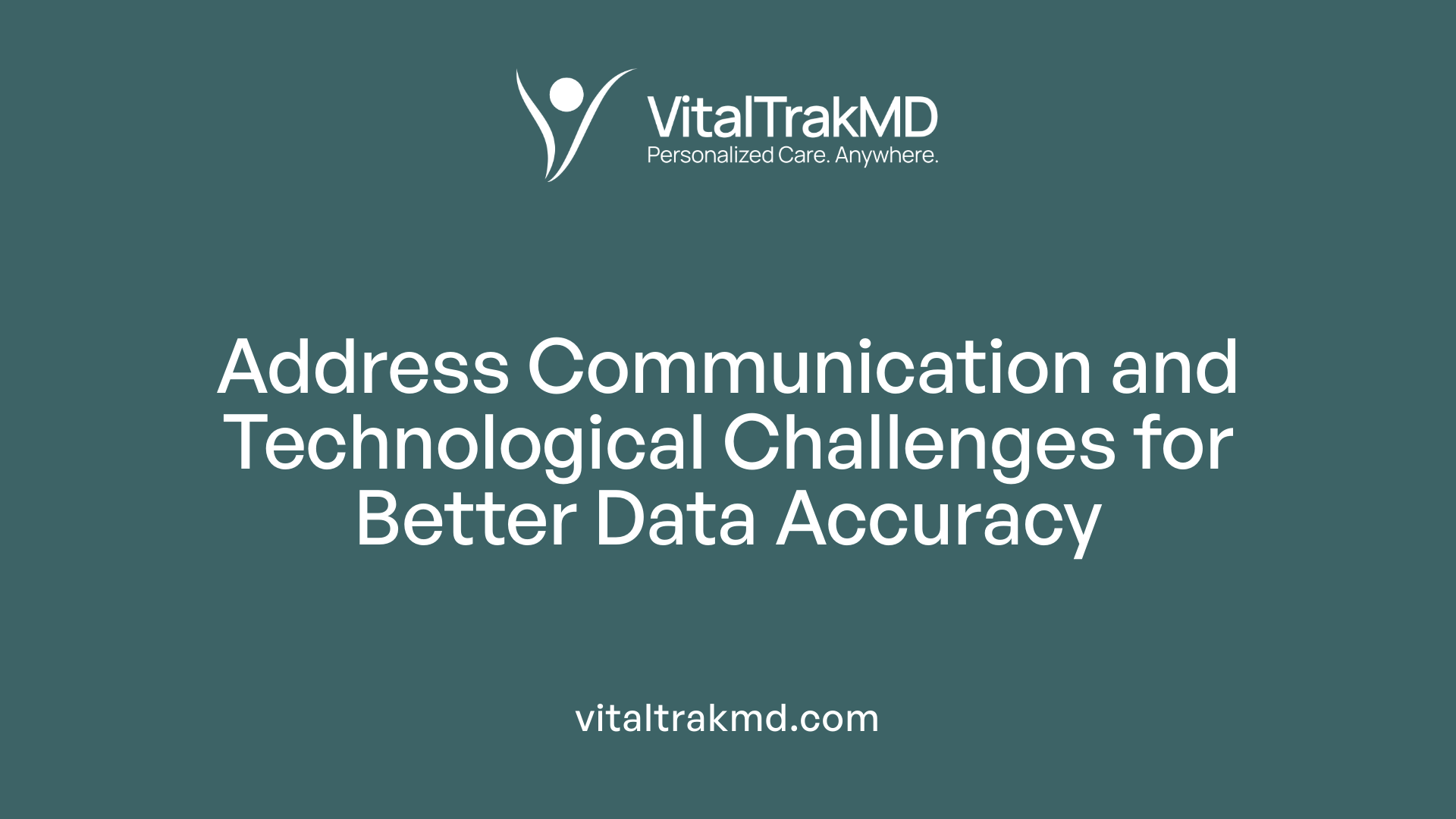
What are the causes of inconsistency in patient check-ins and related data issues?
In healthcare settings, patient check-ins are a crucial step for gathering accurate health data. However, several factors can cause inconsistencies and inaccuracies in this process.
One common cause is communication barriers. Patients may have difficulty understanding or articulating their health concerns, leading to incomplete or inaccurate information. Similarly, language differences can impede clear communication, resulting in data gaps.
Technological challenges also play a significant role. System glitches, slow software performance, or incompatible electronic health record (EHR) systems can disrupt data entry. Staff may struggle with user-unfriendly interfaces or lack access to integrated digital tools, hampering accurate documentation.
Staff training deficiencies further contribute to the problem. Insufficient training on proper data collection techniques can lead to incomplete or incorrect entries. When healthcare providers are not well-versed in documentation standards, errors such as illegible handwriting or non-standard abbreviations become common.
Manual data entry is another source of inconsistency. Typing errors, omission of critical information, or transcription mistakes can compromise data quality. Illegible handwriting, especially when using paper forms, often leads to misinterpretation.
To address these issues, many organizations are implementing digital check-in solutions. These systems allow patients to enter their information electronically, from any location, ensuring standardized and real-time data capture. Digital check-ins reduce manual errors, minimize handwriting issues, and help provide more complete health records.
Overall, tackling these causes requires a multifaceted approach, including improving communication, upgrading technology, providing comprehensive staff training, and adopting innovative digital tools to enhance data accuracy and consistency.
Impact of Incomplete/Incorrect Data on Healthcare Outcomes and Patient Safety
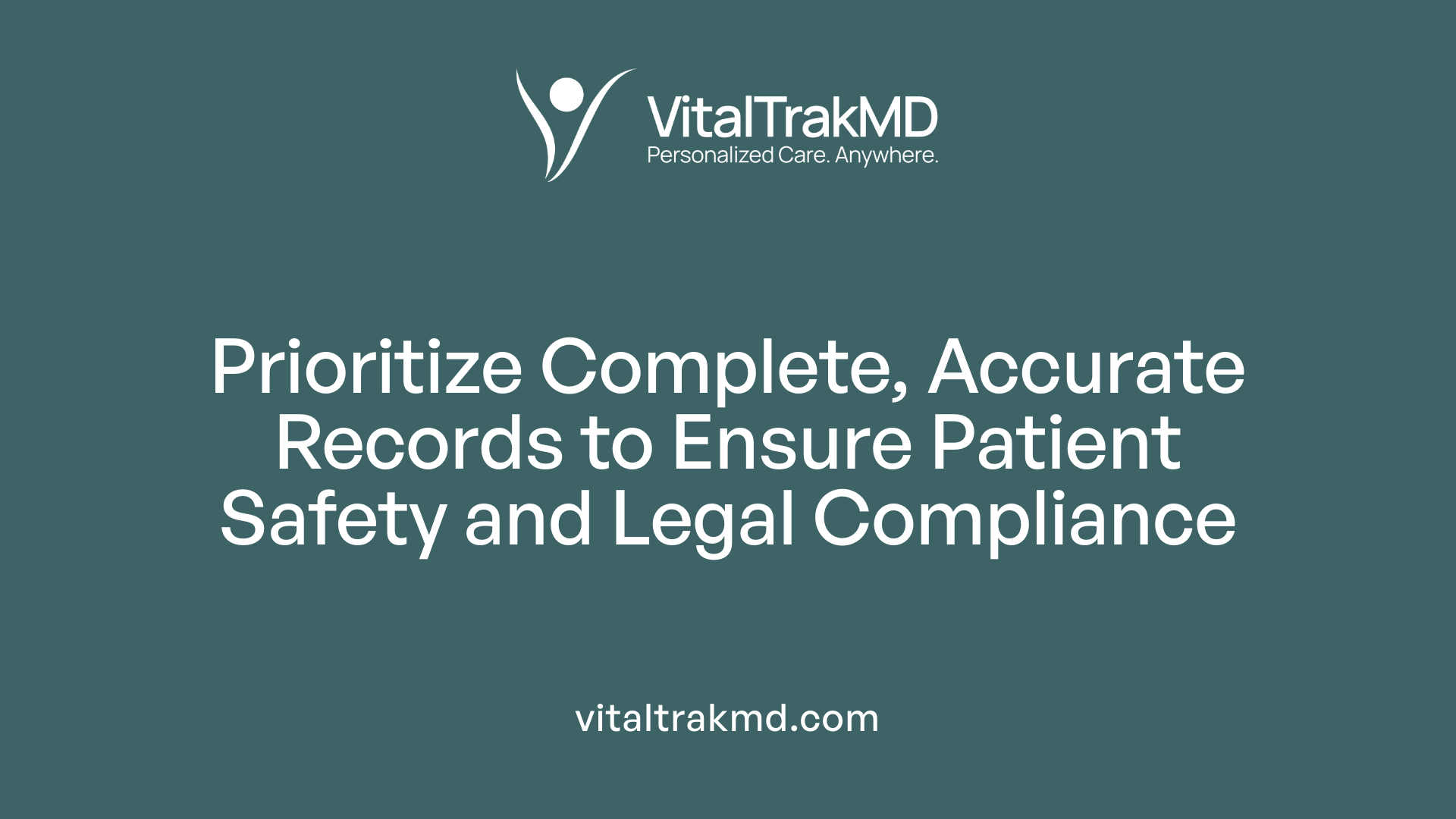
What are the risks associated with an incomplete medical record?
Incomplete medical records pose serious challenges within healthcare settings. They can cause misdiagnoses, improper treatment plans, and delayed care, risking patient safety. These gaps can lead to errors in medication administration, overlooked allergies, or missed diagnoses, which compromise patient outcomes. Additionally, incomplete documentation hampers administrative functions, making billing and insurance processing more difficult.
Such records may also result in higher denial rates for reimbursements, with Recovery Audit Contractors (RACs) from CMS reporting denial rates reaching 7-10%. Without comprehensive records, healthcare providers face increased legal vulnerability, including malpractice claims and compliance investigations.
What are the legal implications of incomplete or inaccurate medical records?
Legal compliance in healthcare demands precise and complete documentation. Failing to meet these standards can lead to serious legal consequences such as malpractice lawsuits, sanctions, and breaches of confidentiality. Healthcare providers are mandated by regulations like RCW to maintain thorough records.
Inadequate recordkeeping increases the likelihood of denied reimbursements and escalates legal costs due to investigations and potential penalties. Moreover, incomplete or inaccurate records jeopardize the legal accountability of clinicians, who must verify their actions with detailed signatures and documentation, including patient consent and treatment notes.
How does incomplete documentation affect coding and healthcare billing?
Accurate clinical documentation is vital for proper coding, which in turn affects billing processes. Incomplete records can lead to errors in coding, resulting in claim rejections or delays in reimbursement. Such inaccuracies may also lead to billing fraud allegations or non-compliance penalties.
Poor documentation diminishes the transparency of medical necessity, affecting compliance with CMS guidelines. Furthermore, it can distort healthcare quality metrics and reporting, ultimately impacting organizational reimbursement and reputation.
| Aspect | Impact | Explanation |
|---|---|---|
| Risks of incomplete medical records | Patient safety, legal issues, financial loss | Gaps lead to misdiagnosis, legal sanctions, denied payments |
| Diagnosis and treatment inaccuracies | Wrong treatments, increased hospital stays | Missing data contributes to errors and safety risks |
| Reimbursement and legal implications | Financial instability, legal actions | Denials and penalties due to improper documentation |
| Care coordination and patient safety | Miscommunication, medication errors | Fragmented data hinders team-based care |
Ensuring complete, accurate, and timely medical records is essential in promoting safe, effective, and legally compliant healthcare. Implementing best practices such as staff training, regular audits, and adopting comprehensive EHR systems can mitigate these risks, ultimately improving outcomes for patients and providers alike.
Strategies and Best Practices for Improving Data Completeness
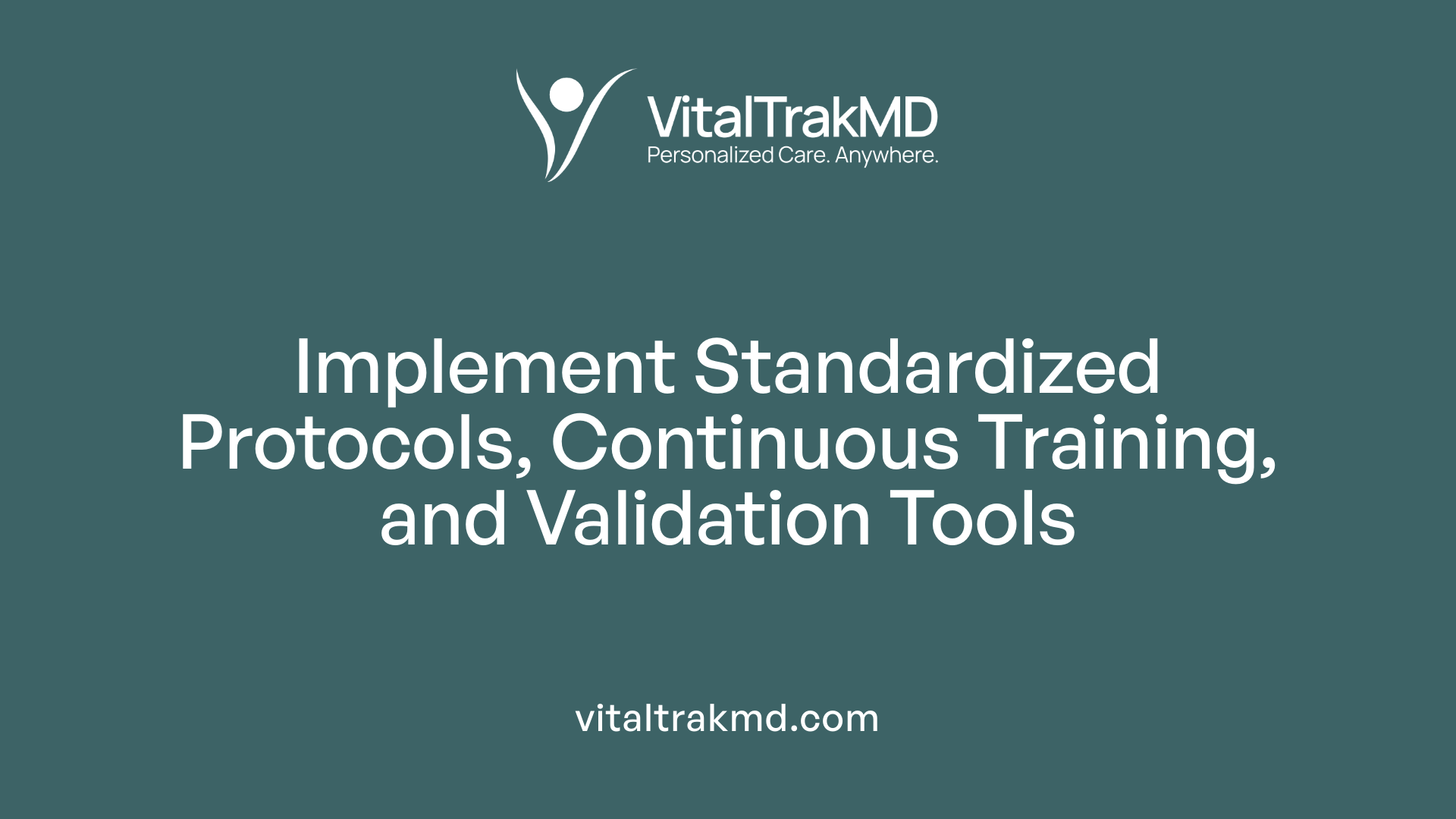
What strategies can healthcare providers implement to improve data completeness during check-ins?
Ensuring comprehensive medical records is vital for patient safety, accurate diagnoses, and effective treatment. Healthcare providers can adopt several strategies to enhance data completeness during patient check-ins and throughout the clinical process.
First, the use of standardized forms and documentation protocols simplifies data collection and reduces variability. Clear guidelines on what information must be captured—such as allergies, medications, and recent health changes—help create complete, consistent records. Incorporating structured data entry fields within Electronic Health Records (EHRs) encourages clinicians to input all necessary details.
Second, ongoing provider and staff education play a critical role. Regular training sessions on documentation standards, the importance of complete records, and the proper use of EHR systems ensure staff are aware of best practices and the risks associated with missing data. This continuous education facilitates compliance and fosters a culture of quality.
Third, leveraging healthcare data standards like Fast Healthcare Interoperability Resources (FHIR), International Classification of Diseases (ICD-10), and Logical Observation Identifiers Names and Codes (LOINC) promotes uniformity across systems. These standards improve data interoperability and accuracy, making it easier to gather complete information across different platforms.
Implementation of validation and automated data cleansing tools can also significantly reduce errors. Real-time validation alerts notify clinicians when essential data is missing or inconsistent, prompting immediate correction.
Finally, establishing robust data governance policies, including regular audits and accountability measures, ensures ongoing oversight. These policies define responsibilities, promote transparency, and identify areas for improvement.
By combining standardized documentation, education, technological tools, and governance, healthcare providers can successfully improve the completeness and quality of health records, ultimately leading to better patient outcomes and operational efficiency.
The Role of Data Standards and Technology in Ensuring Data Quality
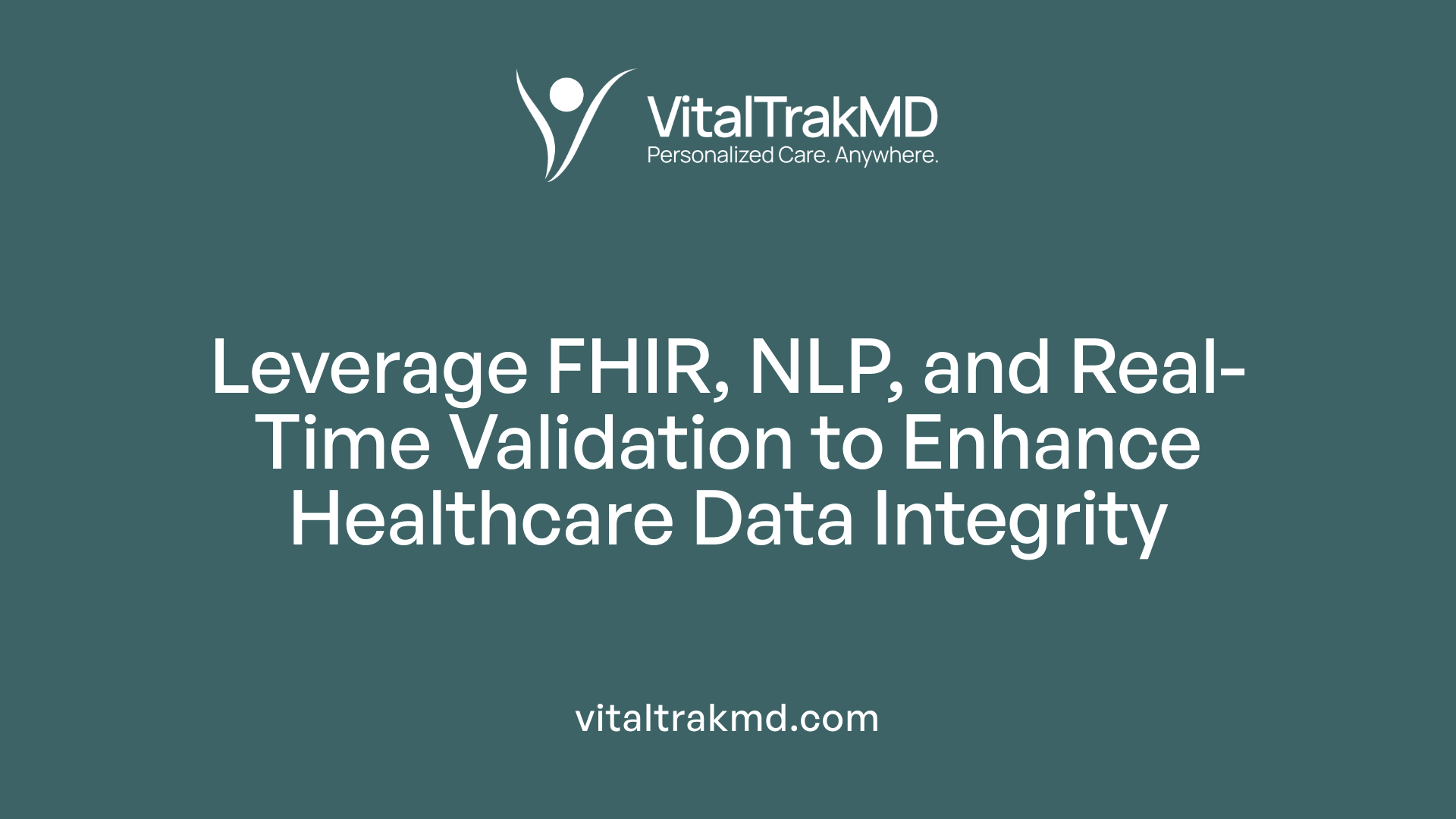
How does check-in data accuracy influence healthcare results and decision-making?
Check-in data accuracy is fundamental in providing high-quality healthcare. When patient information entered during check-in is precise and complete, it lays the foundation for accurate clinical documentation, diagnostics, and treatment plans. Conversely, errors or omissions can lead to incorrect diagnoses, medication mistakes, or delays, ultimately jeopardizing patient safety. Reliable, high-quality data supports informed clinical decisions, improves operational efficiency, and enhances overall patient outcomes.
Use of FHIR and other standards
The Fast Healthcare Interoperability Resources (FHIR) standard has revolutionized healthcare data exchange. It facilitates the consistent, secure sharing of patient information across different electronic health record (EHR) systems. FHIR's structured data format and APIs promote interoperability, enabling real-time data validation, accurate record retrieval, and seamless updates. Other standards like HL7 and DICOM complement FHIR by ensuring compatibility across diverse medical devices, imaging systems, and administrative platforms.
Natural language processing and data linkage
Natural language processing (NLP) is increasingly used to extract meaningful information from unstructured clinical notes, discharge summaries, and other narrative documents. NLP algorithms convert free-text data into structured formats, making it easier to analyze and link with other datasets. Data linkage, by connecting records from different sources—such as EHRs, public health databases, or insurance claims—enhances completeness and contextual accuracy. For instance, linking hospital data with the National Death Index can improve mortality tracking and research reliability.
Advanced statistical imputation methods
Addressing missing data in health records often involves sophisticated statistical techniques like multiple imputation. Methods such as Multiple Imputation by Chained Equations (MICE) allow researchers and clinicians to estimate missing values based on related data points, assuming that data are missing at random. Incorporating covariates like healthcare utilization patterns and disease severity further refines the accuracy of these imputations, reducing bias and enhancing the validity of health analyses.
Real-time data validation and security measures
Implementing real-time data validation checks—such as mandatory fields, logical consistency rules, and automated alerts—ensures that incomplete or inconsistent information is flagged immediately during data entry. Coupled with robust security protocols like encryption, access controls, and audit trails, these measures protect patient data from unauthorized access and tampering. Together, they maintain data integrity, promote clinician accountability, and support compliance with regulations like HIPAA.
| Technology/Strategy | Function | Impact on Data Quality | Example |
|---|---|---|---|
| FHIR & interoperability standards | Data exchange | Ensures consistent, compatible data sharing | Real-time EHR updates across providers |
| NLP & Data linkage | Data extraction & connection | Converts unstructured to structured data, links records | Integrating clinical notes with insurance data |
| Advanced imputation methods | Filling missing data | Reduces bias, improves analysis validity | Estimating missing lab values |
| Real-time validation & security | Data accuracy & protection | Maintains correctness, prevents breaches | Automated entry checks, encryption |
Maintaining high standards in healthcare data requires a combination of strict adherence to interoperability standards like FHIR, employing innovative technologies like NLP for unstructured data, utilizing statistical techniques for missing data, and ensuring real-time validation with security measures. These strategies collectively support more reliable, complete, and secure health records, leading to better clinical decisions and improved patient outcomes.
Consequences of Poor Data Quality on Healthcare Delivery and Research
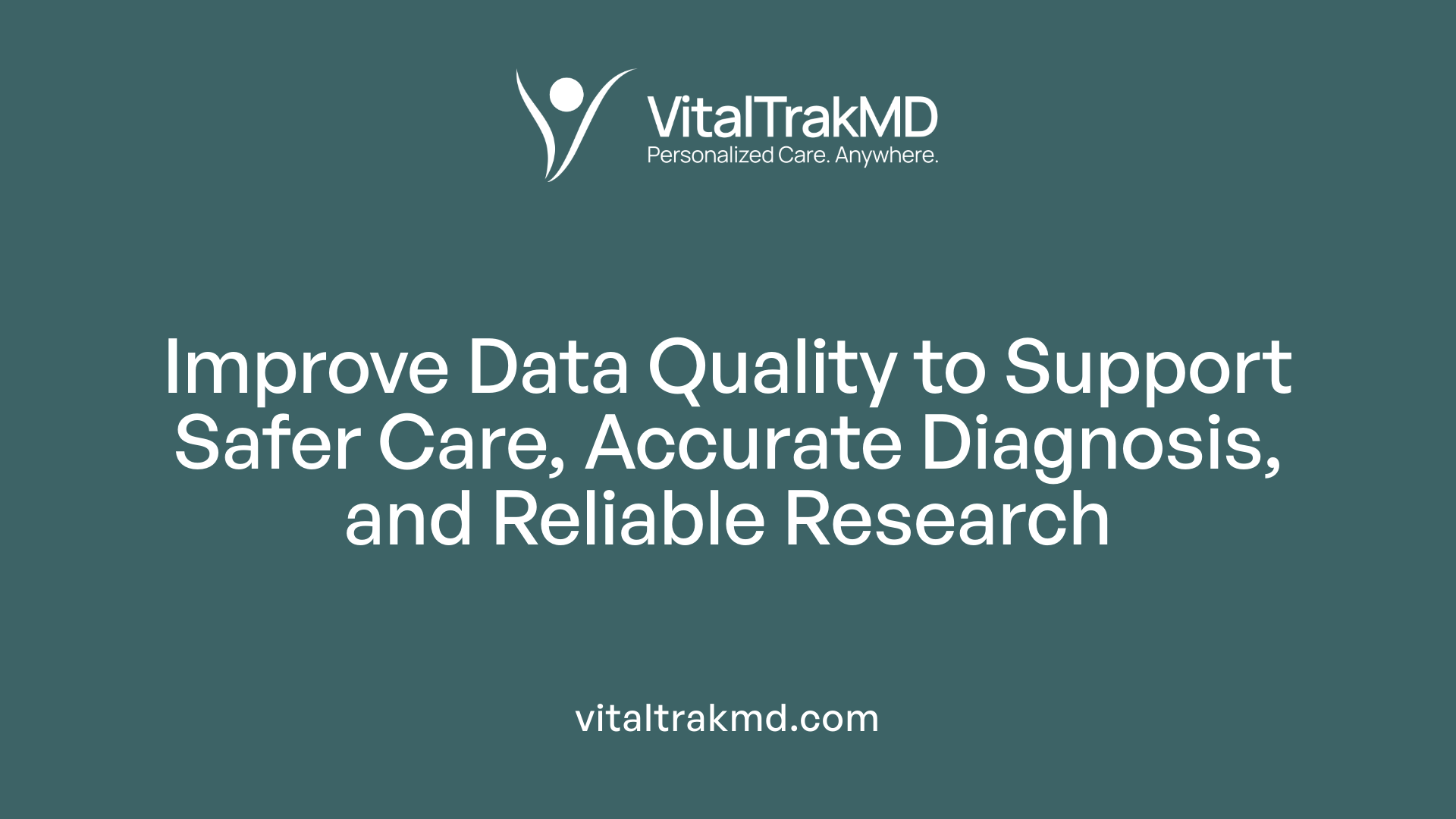
What are the consequences of poor data quality, such as data loss or inaccuracies, on healthcare delivery?
Poor data quality can have serious repercussions for healthcare delivery. When data such as patient history, treatment details, or medication lists are incorrect or incomplete, it can lead to misdiagnoses and inappropriate treatments. Errors like wrong medication dosages or incorrect allergy information might cause adverse drug reactions or hospitalization.
Delays in obtaining accurate patient information can slow down decision-making, prolong hospital stays, and increase healthcare costs. Furthermore, inaccuracies impair communication among healthcare providers, leading to fragmented care and increased risk of medical errors.
Non-compliance with data management regulations and standards can result in regulatory penalties and legal liabilities. Overall, poor data quality compromises patient safety, diminishes treatment effectiveness, and reduces organizational efficiency.
How do check-in process inconsistencies influence data quality and healthcare outcomes?
Inconsistent patient check-in procedures often produce incomplete and conflicting records. For example, handwritten forms with illegible handwriting or inconsistent use of abbreviations can lead to misinterpretations.
Such discrepancies can cause physicians to make incorrect diagnoses or prescribe improper treatments. Furthermore, billing errors become common because inconsistent data can distort coding and reimbursement processes.
Operationally, these inconsistencies hinder care coordination, increase administrative workload, and delay treatment delivery. In public health research, they distort data sets used for analysis, resulting in unreliable results and compromised health policies.
Ensuring standardized, accurate, and complete check-in procedures is essential. Automated digital check-ins with validated data collection can significantly improve data reliability—ultimately leading to better patient outcomes and more trustworthy research findings.
| Impact Area | Consequences | Examples | Solutions |
|---|---|---|---|
| Patient safety | Misdiagnosis, medication errors | Wrong dosage, allergy misspecification | Staff training, digital forms |
| Healthcare efficiency | Delays, increased costs | Longer hospital stays, billing errors | Standardized processes, automation |
| Research accuracy | Unreliable data | Skewed health statistics | Improved data validation, linkaging systems |
| Legal and regulatory | Penalties, liabilities | Non-compliance fines | Regular audits, data governance |
The Impact of Digital Check-in Solutions on Healthcare Data Accuracy
How does check-in data accuracy influence healthcare results and decision-making?
Accurate check-in data plays a vital role in ensuring reliable clinical documentation, which directly influences diagnosis, treatment planning, and overall patient safety. When data is precise and validated from the start, it minimizes errors such as incorrect medication details or allergies that could otherwise lead to adverse events.
Better data quality streamlines workflows, reduces repetitive data entry, and allows healthcare providers to make informed decisions quickly. This ultimately results in improved healthcare outcomes, decreased medical errors, and more efficient operational processes.
Why is accurate and complete medical record keeping essential for healthcare quality?
Maintaining detailed and accurate records is foundational to delivering high-quality care. Complete records enable effective communication among providers, ensuring everyone has the necessary information for diagnosis and treatment.
Furthermore, proper documentation supports legal compliance and enhances reimbursement processes by verifying the necessity and accuracy of treatments. When records are thorough and precise, they foster trust, reduce risk of malpractice, and uphold the integrity of healthcare services.
Reduction of manual errors
Digital check-in solutions significantly reduce manual data entry errors like misspellings, incorrect input, or lost paper forms. Automated data capture ensures that information such as patient demographics, insurance details, and medical history is recorded accurately and consistently.
Better data validation and standardization
These systems incorporate built-in validation rules, standard formats, and prompts that guide staff in accurate documentation. This standardization minimizes discrepancies and enhances the overall quality of health data.
Integration with practice management systems
Seamless integration allows data collected during check-in to automatically populate electronic health records (EHRs), medication lists, and scheduling tools. This interconnectedness reduces duplication, enhances data integrity, and ensures that providers have comprehensive and current information.
Patient preferences and engagement
Modern digital check-ins enable patients to fill out forms remotely, customize their information, and verify details in real time. Engaged patients are more likely to provide complete and accurate data, fostering trust and satisfaction.
In summary, digital check-in solutions play a crucial role in enhancing data accuracy, which is fundamental for effective healthcare delivery, safety, compliance, and patient engagement. Ensuring reliable data from the outset improves clinical outcomes and optimizes practice efficiency.
Ensuring Data Completeness as a Path to Healthcare Excellence
Achieving complete and accurate patient data during check-ins is fundamental to improving healthcare quality, safety, and operational efficiency. Adopting standardized processes, leveraging technological innovations, and emphasizing staff training and communication are critical steps toward minimizing data inconsistencies. As healthcare continues to evolve digitally, prioritizing data integrity will bolster clinical outcomes and foster patient trust, ultimately transforming healthcare delivery into a safer, more effective system.
References
- Incomplete Medical Charts: Impacts And Possible Solutions - PMC
- What Happens if Your Medical Records Are Incomplete?
- 8 Common Clinical Documentation Mistakes - Compliancy Group
- Strategies for Handling Missing Data in Electronic Health Record ...
- Hospital Comparison Web Sites May Offer Inconsistent Results
- 7 Common Roadblocks in the Patient Check-in Process
- Tackle Incomplete Notes and Learn How to Query Providers With Ease
- Data Quality Issues in Healthcare: Understanding the Importance ...
Recent articles
Want to Feel Better and Live Healthier?
Join hundreds of patients taking control of their health with personalized care that fits their life – not the other way around.
Rated 4.8/5 by 32+ customers







